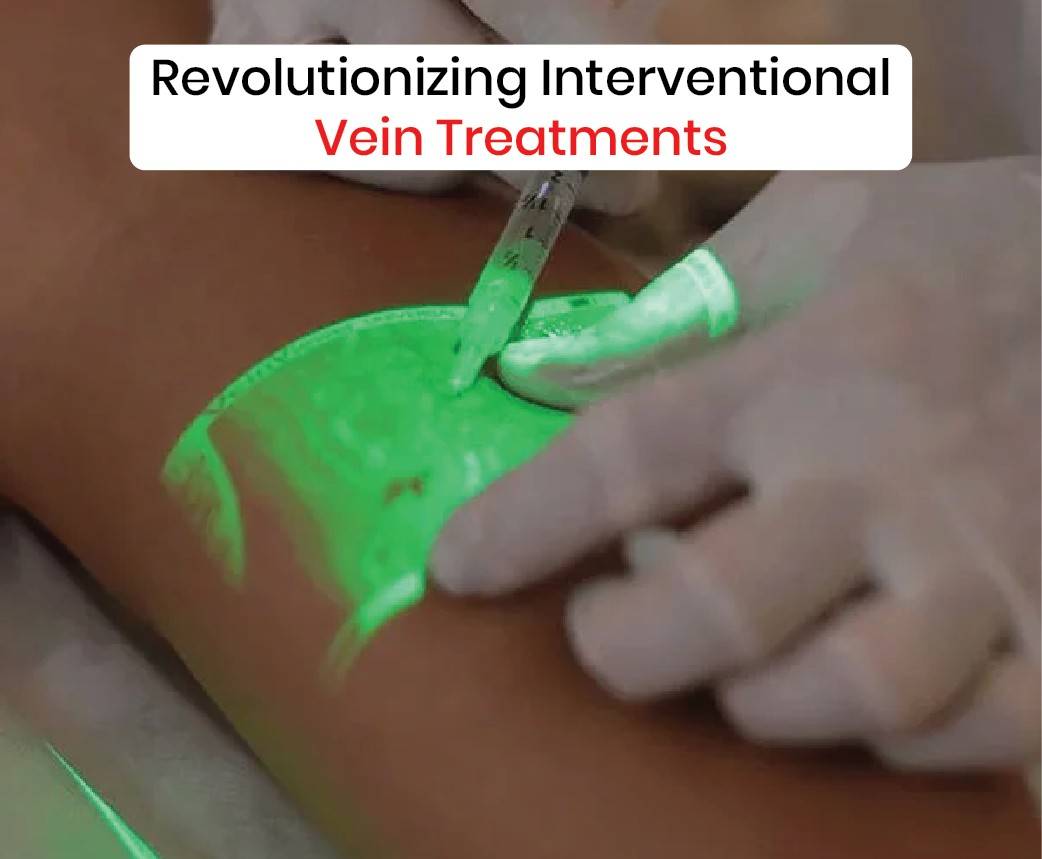In the realm of interventional vein treatments, advancements are continually pushing the boundaries of effectiveness and patient comfort. One such breakthrough poised to revolutionize this field is the CLaCS treatment. Unlike traditional methods like sclerotherapy, CLaCS offers a new paradigm for treating varicose veins and venous insufficiency, promising superior outcomes and patient satisfaction.
What is CLaCS?
CLaCS combines two innovative technologies: mechanochemical ablation and sclerotherapy. Mechanochemical ablation involves the use of a rotating wire within the vein, combined with the infusion of a liquid sclerosant. This dual-action approach maximizes the efficacy of vein closure while minimizing discomfort and side effects.
Here's a step-by-step overview of the CLaCS procedure:
- Patient Preparation: The patient is positioned comfortably on the treatment table, and the targeted vein is identified using ultrasound imaging. The skin overlying the vein is cleaned and sterilized, and local anesthesia is administered to numb the area.
- Catheter Insertion: A small incision is made near the target vein, and a specialized catheter is inserted into the vein under ultrasound guidance. The catheter features a rotating wire tip and multiple side holes for the infusion of sclerosant solution.
- Mechanical Agitation: Once the catheter is properly positioned within the vein, the rotating wire tip is activated. The mechanical agitation disrupts the endothelial lining of the vein, facilitating the penetration of the sclerosant into the vein wall.
- Sclerosant Infusion: Simultaneously with the mechanical agitation, a liquid sclerosant solution is slowly infused through the side holes of the catheter. The sclerosant irritates the vein wall, causing inflammation and eventually leading to vein closure.
- Vein Closure: The combination of mechanical disruption and sclerosant infusion triggers a series of biological responses within the vein, ultimately resulting in its closure. Blood flow is rerouted to healthier veins, and the treated vein is gradually absorbed by the body over time.
- Post-procedure Care: After the procedure, the incision site may be covered with a small bandage. Patients are typically advised to wear compression stockings to promote healing and reduce swelling. They can usually resume normal activities shortly after the procedure, although strenuous exercise and prolonged standing may be limited for a brief period.
CLaCS Advantage Over Sclerotherapy
While sclerotherapy has long been a cornerstone of vein treatment, it has its limitations. CLaCS, however, addresses many of these shortcomings:
- Enhanced Precision: CLaCS allows for precise targeting of the affected vein, minimizing damage to surrounding tissue and reducing the risk of complications.
- Reduced Discomfort: The combination of mechanical agitation and sclerosant infusion in CLaCS results in less pain and discomfort compared to traditional sclerotherapy, making it a more tolerable option for patients.
- Improved Cosmesis: CLaCS offers superior cosmetic outcomes, with fewer instances of pigmentation changes and other visible signs of treatment compared to sclerotherapy.
- Faster Recovery: Patients undergoing CLaCS typically experience shorter recovery times and can resume normal activities sooner than with sclerotherapy, thanks to the minimally invasive nature of the procedure.
At Avis Vascular Center, we are proud to offer this cutting-edge treatment, providing our patients with access to state-of-the-art care and the latest innovations in vein treatment technology. Experience the difference with CLaCS at Avis Vascular Center, where excellence meets innovation in vascular care.




